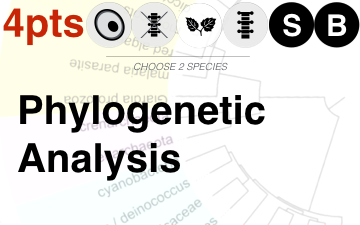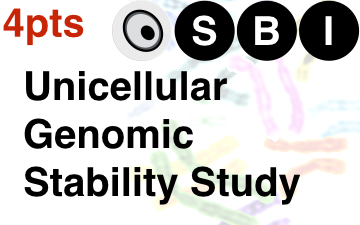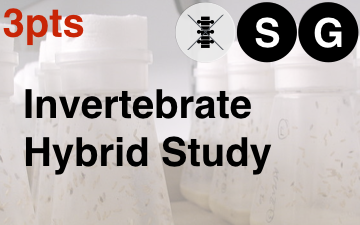Genetics Society of America Deck
2016 – (See Cards | Deck Info | Download Game | Download Rules | Purchase)…
This is a different set of game rules that incorporates a few special species cards (model organisms) and reworks them for use in a game that looks at the process of genetic research specifically, and process of science generally. Please feel free to download the cards and rules, and do leave comments using the “permalink” for specific cards. This is in collaboration with the Genetics Society of America, and the final deck was released during mid 2016.
For more information, please see this link.

Phylogenetic Analysis
PROJECT CARD
Task: Infer the evolutionary relationships of different species by comparing their genetic sequences.

Common Garden Experiment
PROJECT CARD
Task : Differentiate between genetic and environmental effects on plant traits such as growth and flowering time.

Vertebrate SNP Analysis
PROJECT CARD
Task: Identify genetic variation associated with psychiatric disorders using a single-nucleotide polymorphism (SNP) array.

Vertebrate Embryonic Development Study
PROJECT CARD
Task : Determine the role of chromatin structure in embryonic development and its contribution to stem cell properties.

Unicellular Genome Stability Study
PROJECT CARD

Invertebrate Hybrid study
PROJECT CARD
Task: Study the genetics of reproductive isolation by mating two different genetic lines to produce hybrid organisms.